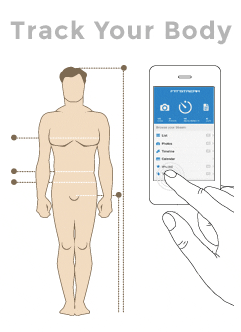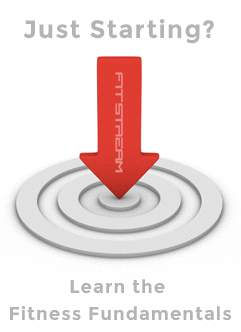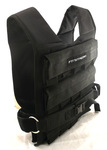How to do Ring Dips
- Adjust the height of the rings so that your feet will not touch the ground between repetitions.
- Mount the rings and assume the support position. You should be above the rings, arms straight, supporting your body weight.
- Lower your body down by bending at the elbows and keeping shoulders close to your sides. Keep the movement steady and controlled. If possible, continue down until your shoulders almost touch your hands for a full range of motion.
- Press your body back to the original starting position.
Notes:
- Leg position can be bent, crossed or straight during the exercise.
- To ensure the triceps are targeted ensure your body is straight up and down. Leaning over will bring the chest muscles into the exercise.
Ring Dips Guide
The standard, static dip exercise is a solid favourite bodyweight movement - a compound exercise that's great for working the triceps, chest and shoulder muscles simultaneously.
Performing dips on gymnastic rings adds instability to the exercise due to the free movement of the rings and increases muscular recruitment to help support the body. This not only makes ring dips more difficult and rewarding than standard dips, but also safer, as the joints are free to track naturally as the rings rotate.
Ring Dips for Beginners
Many people find the ring dip difficult, if not unachievable, when just starting out. It's recommend that you first master the support position, which is essentially the starting position of a ring dip.
The support position involves holding your body weight whilst stationary above the rings, arms straight. When you can hold this for over twenty seconds try introducing partial dips and gradually increase the range of motion as you get stronger until you can do full dips.
Assisted ring dip techniques
Assistance exercise involve the use of additional equipment to carry some of your body weight and make the exercise more challenging, yet achievable.
You can do this with leg assisted ring dips and position a bench below the rings to support one or two legs during the exercise, or with resistance bands to build up the strength to performing the dips unaided.
Advanced Ring Dips
Weighted ring dips
Adding additional weight to your ring dips is a very effective way of increasing the exercise intensity and to maximise development. Please note that weighted ring dips should only be attempted when fully competent with standard dips (performing at least 12 unassisted BW dips), and you should start small and incrementally add weight.
Try the following ways of adding weight to your ring dips:
- A weighted vest is a simple and versatile way of adding weight to ring dips. The great thing about weighted vests is that they're comfortable and evenly distribute the weight over your body.
- A dipping belt can be used to attach weight plates to your waist and control the amount of added resistance.
- Try holding a dumbbell or medicine ball between your feet or legs for added weight, but this is only usually possible for lighter weights as it can become uncomfortable and unwieldy.
Ring Dips Variations
- Standard static dips - less intense than gym ring dips, but a great basic bodyweight exercise.
- Weighted ring dips - for advanced dippers and adding additional resistance to the exercise.
- Muscle-up - an impressive and advanced bodyweight exercise that's half pull-up, half dip.
- Wide ring dip - this variation of the ring dip greatly increases the difficulty of the exercise and is an effective technique when training for the Iron Cross. This exercise is the same as the standard version except the arms are moved out from the body to the sides. Perform the exercise in a slow and controlled manner.
 Fitstream AppTrack your fitness progress and see the difference for yourself with our free app
Fitstream AppTrack your fitness progress and see the difference for yourself with our free app










